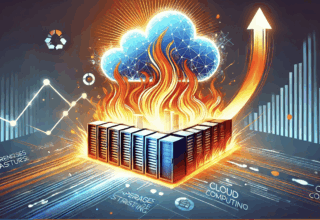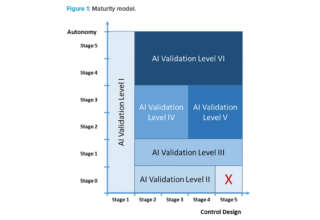“The Internet of Things” or IoT is a buzzword that has been catching on in recent years. But what does it exactly mean? It simply refers to the phenomenon of things (and people who use these things) being interconnected to each other through the technology of the Internet.
More and more devices can now hook up to a broadband connection—easily and conveniently through Wi-Fi—and they can also be interconnected to each other, forming a vast network of intercommunicating technologies. Apart from smartphones, many other things can now be connected to the Internet—from wearable devices such as watches and glasses, to household appliances like television sets, refrigerators, and even cars.
It is estimated that the network will grow to an interconnectivity of up to 100 billion devices in just a few years. You can imagine how in such a massive network of intercommunicating devices, valuable real-time data is being generated. And this is what businesses and enterprises are looking into these days in order to enhance their efficiency and profitability.
Big data
The challenge these days is to find ways to store, track and analyze “big data.” This is now being unlocked through real-time data replication, integration, and analytics, which provide insights as well as actionable points in many aspects of business operations. This data will not just be coming from a singular source, but from many devices and sources.
Imagine the scenario of a “smart” or integrated, automated home as an example of how the IoT necessitates and demands responsive data integration, replication, and analytics. Smart technologies, for instance, can be used to control and analyze usage of utilities such as electricity, water, and gas, as well as climate control elements such as air conditioning and heating. They can be used for analyzing other services as well, be it browsing the internet and playing YoutTube videos or listening to Apple Music and playing video games. All these data can be used by utility companies and service providers to improve their services and optimize their operational performance.
Appliances, too, can make use of real-time data, which can be capitalized on by retail companies. A connected refrigerator, for instance, can send out an alert when a particular food item is already low on supply, and it might even go ahead and proceed to order replenishment from an online grocery.
“Smart Living”
The concept of “smart” living even extends to communities and cities. Imagine innovative road transportation through smart vehicles that not only reduce fuel consumption and enhance safety through automated routes, but also provide integrated information on weather or other external conditions for the passenger. Or how about smart traffic light systems that can automatically adjust depending on traffic conditions.
Power generation can also be made smarter by interconnecting grids that could automatically calculate and anticipate dips in electricity production so as to avoid power outages. Valuable data can also be generated real-time on which areas of the population consume electricity the most, thus allowing utility providers to either serve them better or to implement measures that encourage less electricity consumption.
Such applications of big data are already happening, and that is why experts believe widespread IoT implementation will happen in the near future.
Dangers and threats
As with any other innovation, however, the IoT also presents quite a number of concerns. Since it deals with a massive amount of data, one could only imagine why issues like security, privacy and integrity will become more apparent and more important than ever.
Given that devices would be interconnected with each other, what can users do to ensure that their personal information remains secure? Can any of these various devices be used as entry points for hacking into the wider network of data and information?
For more Details Check Here :- https://www.ngena.net/en/blog/secure-connectivity-as-a-service/
These are questions that millions of users will be asking, and that experts will have to address as a reality with the IoT. While admittedly, there are no ready or definite answers yet, one thing is for sure in that the progress of IoT is unstoppable, and it is best for everyone to gain awareness and education on this phenomenon, and how it will ultimately impact life for all in the future.






